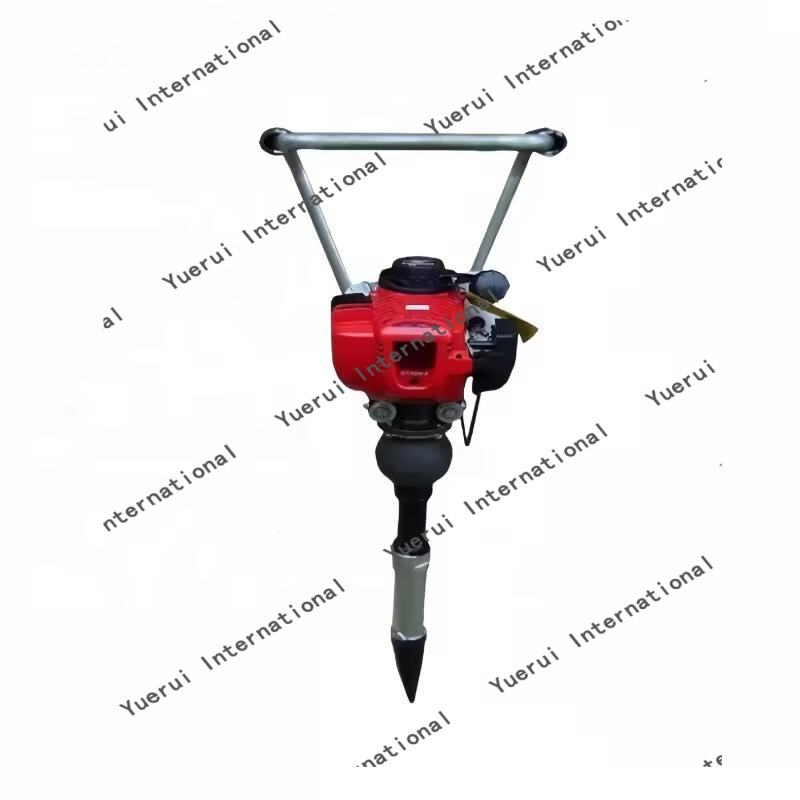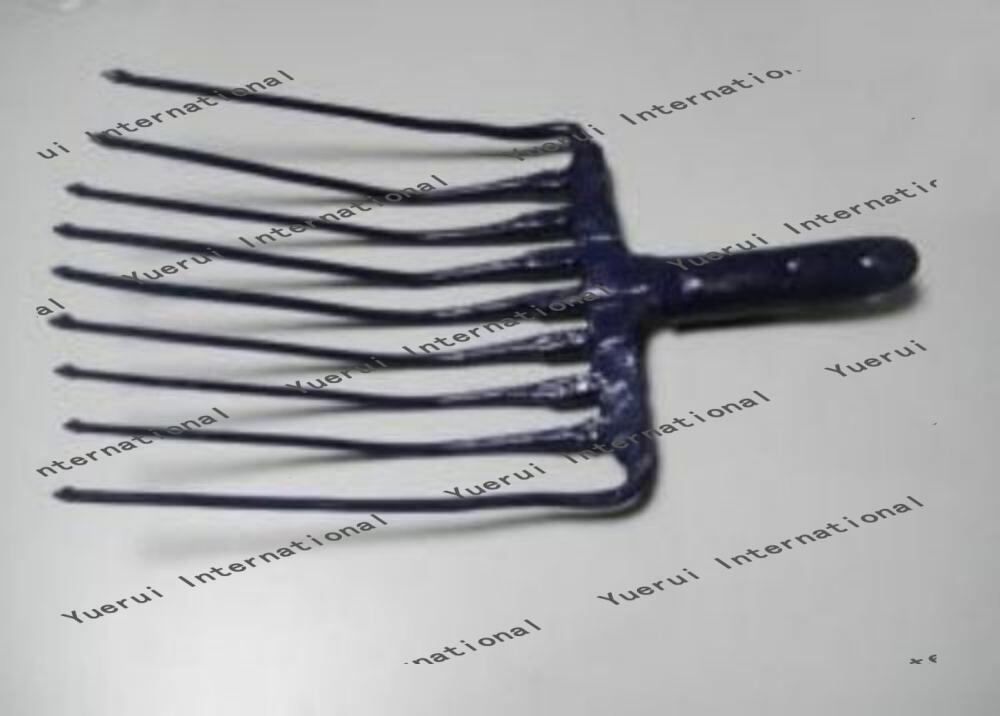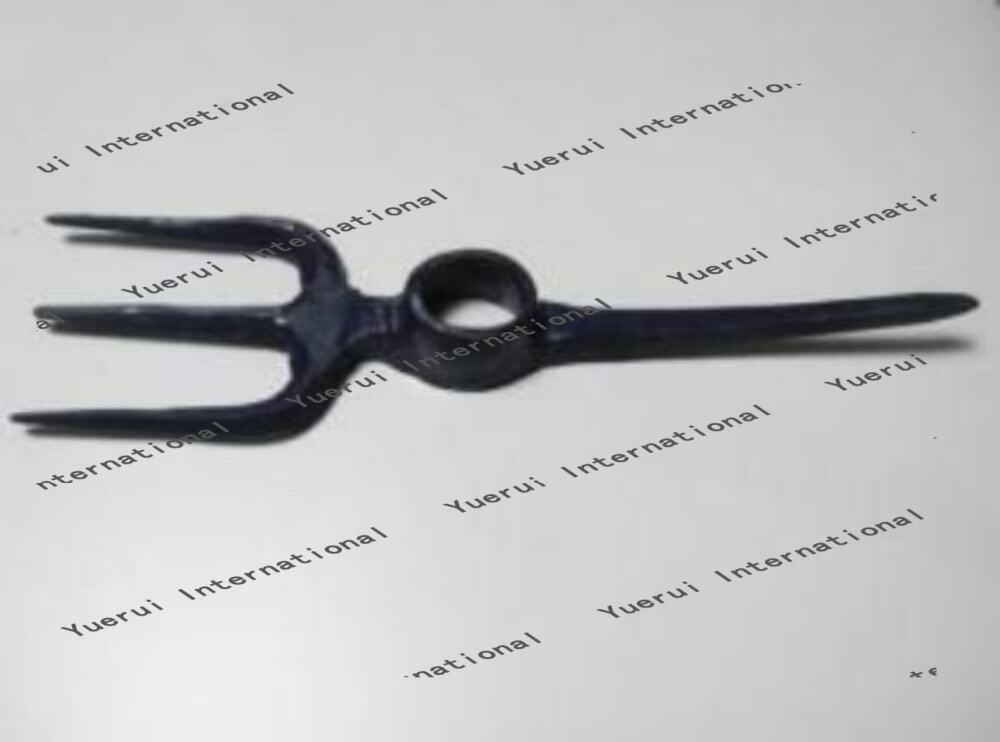railroad signal equipment
Railroad signal equipment represents a critical infrastructure component in modern rail transportation systems, serving as the backbone of safe and efficient railway operations. These sophisticated systems combine traditional fail-safe principles with cutting-edge technology to control train movements, prevent collisions, and maintain optimal traffic flow across rail networks. The equipment includes various interconnected components such as track circuits, switch machines, signal lights, and computerized control systems. Modern railroad signal equipment utilizes advanced microprocessor-based technology to process real-time data from multiple track sensors, ensuring accurate train detection and seamless communication between different signaling elements. These systems operate continuously in diverse environmental conditions, providing reliable indication of track occupancy, switch positions, and movement authorities. The equipment integrates with centralized traffic control systems, enabling remote monitoring and control of railroad operations across extensive networks. Through redundant safety mechanisms and robust design principles, railroad signal equipment maintains the highest standards of operational safety while facilitating efficient train movements and preventing potential accidents or conflicts.


